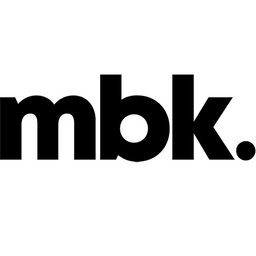As we approach an election this year, one of the messages I hear every four years is, "How do we get more leads when the market seems to be slowing down." In today's newsletter, I want to talk about how you can be prepared for seasons just like this one so that you are ahead and not behind.
Most brands are behind. They're looking at sales numbers slowing, or if they are lucky enough to maintain a growth track, that pace of growth is slower. That, of course, means there are some winners and some losers – or, put another way, people who are not winning as much as they should. How do you keep from falling behind?
Strong Foundations
The establishments that survive storms are the ones that have built a stronger foundation. Weathering a storm is difficult, and we all face hard times, but like an age-old tree, getting through the toughest seasons depends on deeper roots and sustainable growth. The same is true for your business. It costs more to build a more stable foundation, and on day one, the biggest thing you have to show for it is the investment itself.
Over time, these costs start to pay off. You have a foundation that lasts, is easier to maintain, and reduces your overall cost of ownership. In business, this includes a lot of things. A great team. A clear purpose. A strong brand.
Well-branded software startups with bad teams sometimes look great but aren't sustainable. Poorly branded organizations with a strong team can keep business, but they have trouble attracting it. It's during the tumultuous seasons when this starts to matter. Build a great team, identify your purpose, and establish a distinctive brand message that offers clarity to your audience.
Consistent, Not Aggressive
Building a long-lasting brand is not about pushing marketing really hard when you need to bump numbers up. It's about pushing a little all the time, and only in the right places. According to the Advertising Association, Edelman’s Trust Barometer, and other studies, consumers are saturated with ads, and as a byproduct, consumer trust in advertising can suffer. This means that the goal of brand awareness is paired with the risk of losing brand trust.
Because public messaging is nuanced, there are countless factors that can affect this, but flooding your customers with ads does not increase buying intent. What does impact buying intent is reaching customers at the right time (context) with a message that matches their concerns (intent). This means that you may be able to achieve better marketing results at a lower volume by being more strategic with an intent-based message.
When you identify the customer context and intent, the frequency becomes a strategy rather than a budgeting method. Frequent, right-fit advertising supports brand recall and brand trust.
Ready for Opportunity
The strongest brands wait for the best opportunities, and then they grab them when the opportunity presents itself. When market aberrations take place, customers become more cautious with their spending. This often means that business is consolidated to those who are most prepared to reap it.
Starting up a marketing campaign because you need one is never as effective as updating your already present message with something that meets the needs of the people you want to reach today. Building brand trust takes time. Seizing opportunity is simple–for those who are ready for it.




